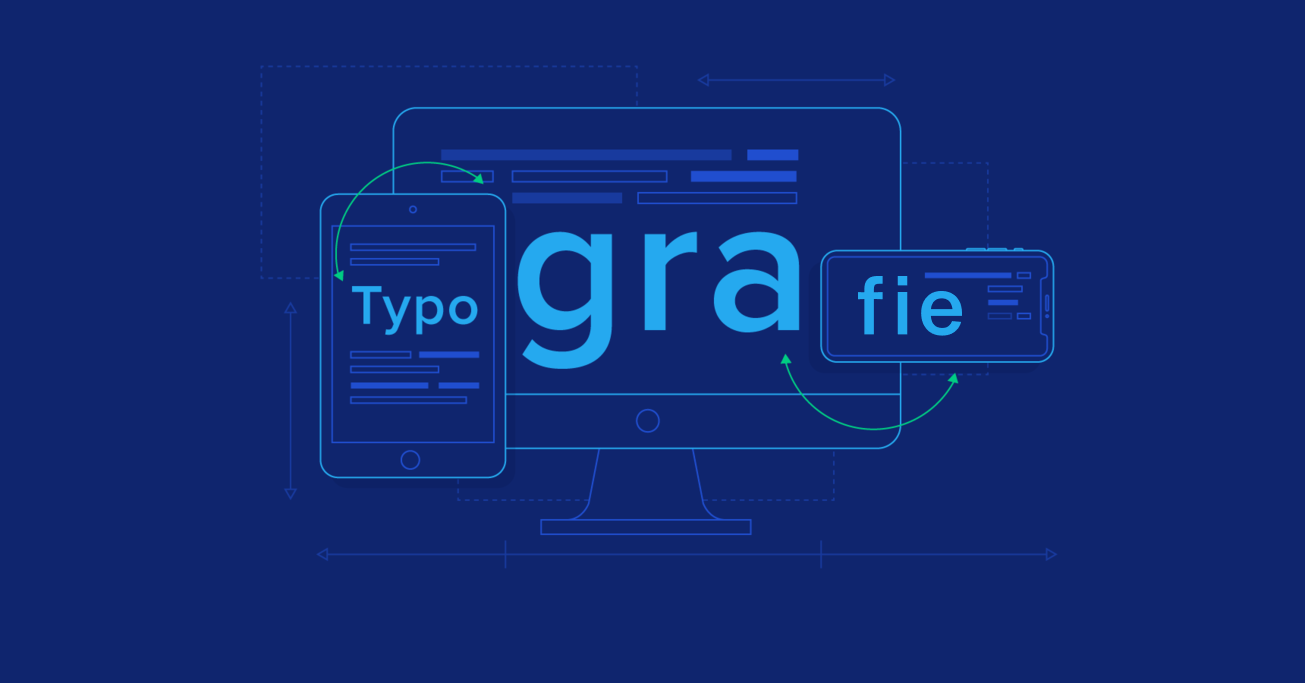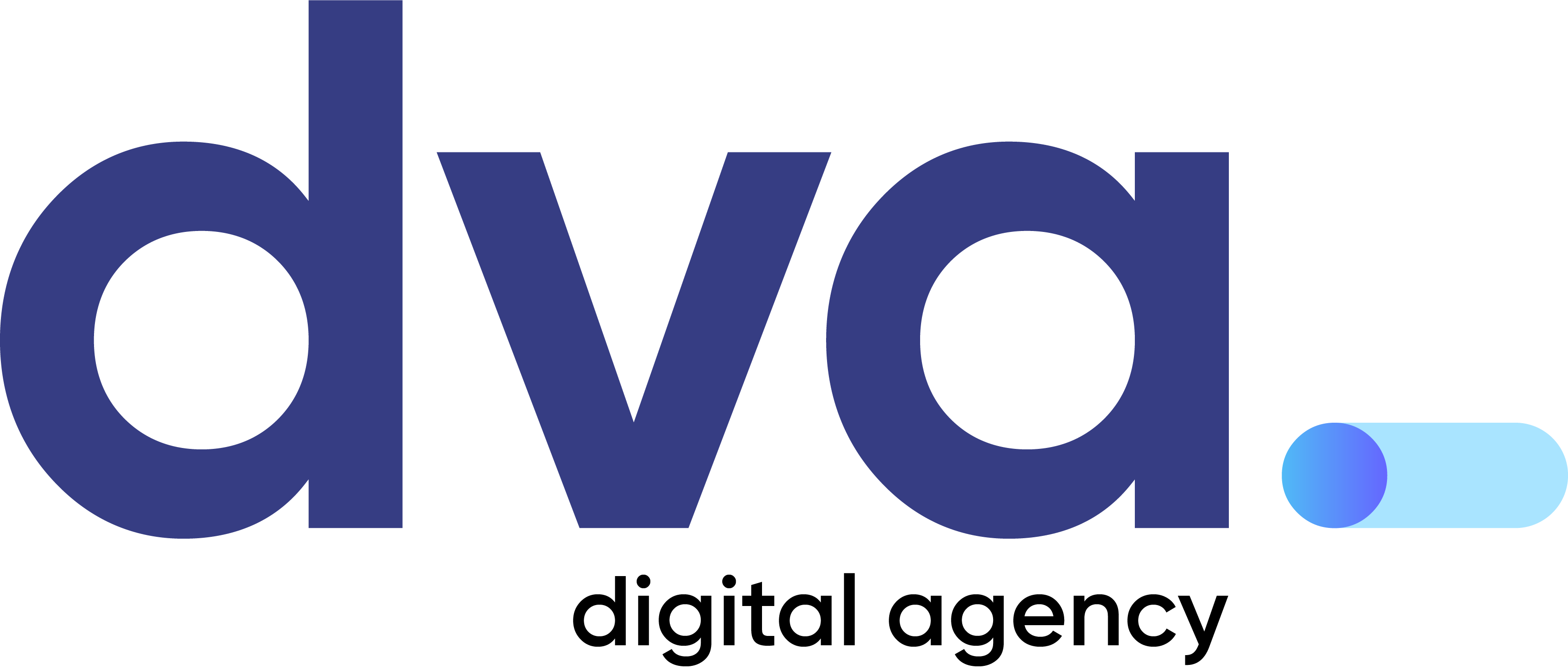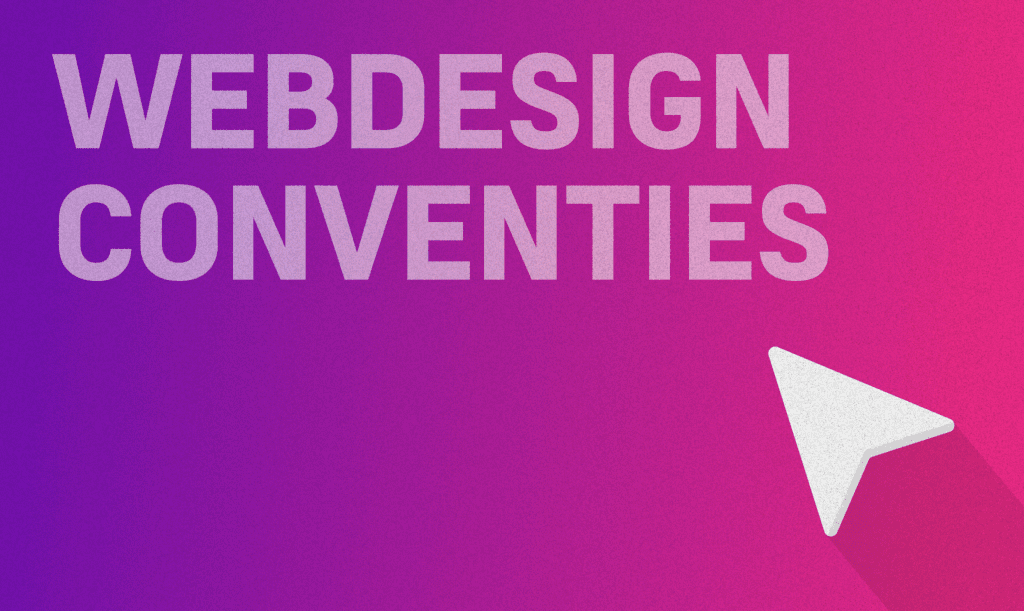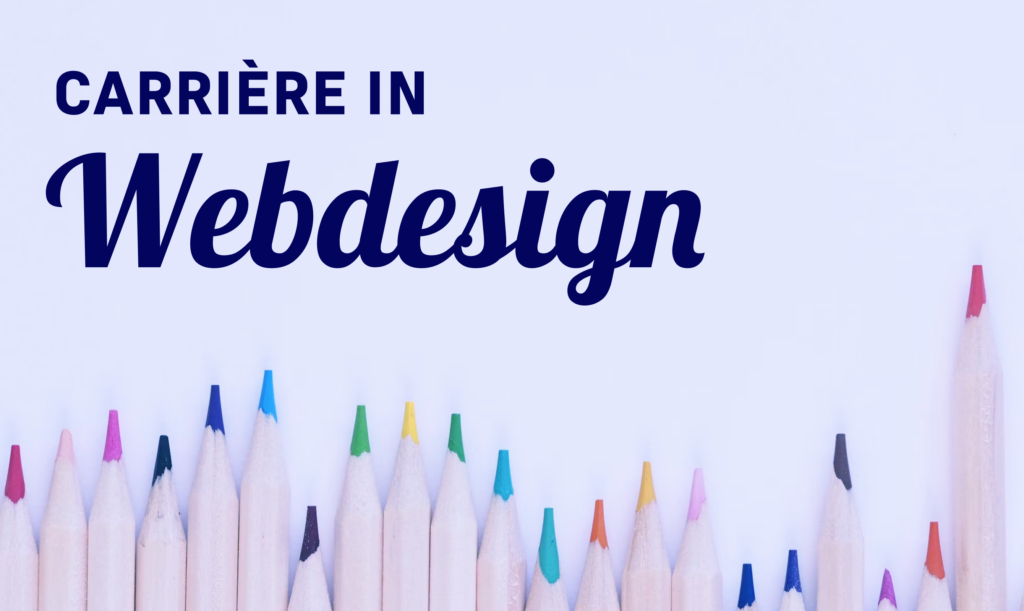
Impact of Typography on Web Design: More than just letters
Typography is a crucial element in web design that affects how users experience a website. Although often overlooked, the right typography can significantly improve usability, readability, and brand identity.
Table of contents
Typography sets the tone and personality
The font you choose says a lot about the character of a website. Fonts set the tone – whether it’s playful, serious or modern – and therefore the typography should match the message of the brand. For example, a luxury brand might opt for elegant serif fonts, while a tech startup might use a sleek, sans serif font to exude innovation.
It improves readability
One of the most important functions of typography is to make content readable. A well-chosen font size, line spacing, and leading ensure that users can comfortably navigate through the website. Overly decorative fonts can reduce readability, especially in long paragraphs. Clean, sans serif fonts are often best for continuous text because of their high readability.
Typography also plays an important role in organizing content. Designers use different font sizes and weights to create a clear visual hierarchy so users know where to look first. Headings, subheadings, and regular text work together to guide users intuitively through the content.
There is also emotional impact
Different fonts evoke different emotions. Round fonts can feel friendly and inviting, while sharp, angular fonts can appear more formal or assertive. Understanding these emotional cues helps designers choose fonts that align with the website’s purpose and audience.
Typography is a core component of brand identity. Using a font consistently across a website helps to strengthen brand recognition, just as a logo or color scheme does. A strong typographic identity ensures that users associate certain fonts with a brand.
What are the technical considerations?
With web fonts like Google Fonts and Adobe Fonts, designers have endless typography choices. However, it’s important to balance creativity with performance. Large font files can slow down page load times, so optimizing font choices for a smooth user experience is essential.
Conclusion
Typography plays a vital role in web design, and goes beyond aesthetics. It affects usability, readability, and brand perception. Thoughtful typography choices help create a seamless, engaging user experience, making typography an important tool for any web designer.


